|
Posts by:
Dr. Nancy Kay, DVM, DACVIM For some folks, the start of a new year is a catalyst to lose weight and this may mean switching from plain old sugar to lower calorie sweeteners. Xylitol is one such sugar substitute that is safe for human consumption, but is toxic for dogs. In fact, it can be deadly. What exactly is xylitol? Discovered by German chemist Emil Fisher in 18911, xylitol is found in fruit and vegetable fibers. It is commonly referred to in labels as "birch sugar." The xylitol we consume is manufactured by beginning with a product called xylan found in hardwood trees and corncobs, hence the name "birch sugar." Xylitol was first put to use as a sweetener in Finland during World War II when sucrose was unavailable. The growth in xylitol popularity is attributed to its many beneficial properties. To begin with, xylitol is as sweet as sucrose, but with far fewer calories. Additionally, compared to sugar, it causes very little insulin release in people and insulin is not required for it to be put to use as an energy source for the body. Lastly, xylitol has been shown to prevent mouth bacteria from producing acids that damage the surfaces of the teeth. For this reason, xylitol is commonly included in toothpastes, sugar-free gum, and other oral care products. Species-specific effects of xylitol The effect of xylitol on insulin release varies dramatically between species. In people, rats, horses, and rhesus monkeys, xylitol causes little to no increase in insulin release or change in blood sugar levels. This is altogether different in dogs, cats, cows, goats, rabbits, and baboons. In these species xylitol causes a marked increase in insulin release and drop in blood sugar and is the basis for xylitol toxicity. Xylitol toxicity in dogs After a dog consumes a significant amount of xylitol, there is a massive release of insulin from the pancreas. This, in turn, results in a dangerously low blood sugar level and symptoms such as weakness, trembling, seizures, collapse, and even death. At higher dosages, xylitol can cause massive liver destruction (known as necrosis) in which large numbers of liver cells die abruptly. This produces an acute health crisis and, in many cases, death. Vomiting is often the first symptom of xylitol toxicity. Other symptoms related to the low blood sugar level develop within 30 minutes to 12 hours following consumption. When xylitol-induced liver damage occurs, blood liver enzyme values typically begin increasing within 12 to 24 hours. The dose of xylitol considered to be toxic for dogs is 0.1 gram or more of xylitol per kg of the dog’s body weight. What about cats and xylitol? While xylitol ingestion in cats does cause a drop in blood sugar, this rarely happens. This is because, unlike dogs, most kitties have very discriminating palates- they don’t choose to eat products containing xylitol. Treatment of xylitol toxicity in dogs Emergency treatment is warranted after a dog consumes xylitol. If vomiting can be successfully induced within the first 30 minutes or so (before the xylitol leaves the stomach), the problem may be solved. Once xylitol leaves the stomach (the other way) and triggers the pancreas to produce insulin, intensive treatment is warranted in order to try to counteract the effects of hypoglycemia (low blood glucose) and liver damage. Treatment includes hospitalization with round-the-clock care, blood monitoring, and administration of intravenous glucose and liver-protective agents. In some cases, blood transfusions are needed to counteract the effects of blood clotting abnormalities caused by liver failure. The prognosis for xylitol toxicity varies and depends on how promptly the dog receives treatment as well as the amount of xylitol that was consumed. Read labels carefully Many foods and dental products contain xylitol or birch sugar. Some commonly used products that may contain xylitol include:
Not all product labels clearly state if they contain xylitol. If a label states only, “artificially sweetened,” presume that it contains xylitol. If you opt to use xylitol-containing products in your household, be sure to keep them completely out of your clever dog’s reach. What to do if your dog eats xylitol If you believe that your dog has just eaten (as in you just watched it happen) something containing xylitol, contact a veterinary hospital staff member right away. You might be advised to induce your dog to vomit at home. This is accomplished by forcing your dog to swallow hydrogen peroxide. If you’re not really sure when the xylitol was consumed (you’ve just returned home from work and the remains of sugar-free gum wrappers are decorating the couch), transport your dog to a nearby veterinary clinic or 24-hour emergency hospital right away. Be sure to take the label of the consumed product with you. Time is always of the essence when treating xylitol toxicity. Look around your house and see if you have any xylitol-containing products. What did you find?
1 Comment
Posts by:
Jason Carr, Former Pet Health Network Editor-in-Chief Cat Toxins & PoisonsMany people don’t think twice about giving dairy to cats. I’ve certainly seen whipped cream used as a common treat, and what kind of cat commercial would be complete without depicting a nice saucer of milk? So it might surprise many cat lovers to learn that, once weaned, most cats are lactose intolerant. What does it mean if a cat is lactose intolerant? Lactose intolerance means the body doesn’t produce enough lactase to break down milk into simple sugars. According to catworld.com, “it remains in the digestive system where bacteria cause it to ferment.” Undigested milk can cause issues for cats just like it can for people. Your cat will obviously be uncomfortable. Symptoms of a lactose intolerant cat include the following:
What can my cat drink in place of milk? First of all, your cat should always be able to get clean, fresh water. Milk is not a staple — unless of course you have a kitten. For adult cats, all vital nutrients can be provided by cat food alone. If you do want to treat your cat to some milk occasionally you should consider a lactose free cat milk (yes, they make it). This kind of milk is likely to be healthier anyway. Even lactose free milk should be a treat and not a daily offering. Keep in mind that milk has calories and that feline obesity carries with it many risks. Post by: Dr. Mike Paul, DVM Dog Checkups & Preventive CareThe term “senior” has been chosen to describe aging/older pets. The number of years it takes for your dog to be considered “senior” may vary, and one must keep in mind that organ system, species, and breed of dog has an effect; in general a dog’s senior years begin between 6 and 13 years of age. The AVMA says that as a result of improved veterinary care and dietary habits, pets are living longer now than they ever have before. That means that dogs can be ‘seniors’ for a significant portion of their lives, leaving their guardians and veterinarians facing a whole new set of age-related conditions. In turn, developing good health habits for seniors is becoming even more important. There are a number of things we can do to introduce healthy lifestyle habits to our dogs, and it’s never too late to start taking these steps. Pet health organizations like AAHA and the AVMA have already developed some great healthy guidelines for senior dogs, and I have my own tips to offer. 1. Make sure your dog eats appropriately This is one very basic healthy habit to develop for the benefit of your dog, and particularly for a senior dog. You can hardly pick up a magazine without seeing an article urging you to live a healthier lifestyle. Sadly, the risks of obesity are too often overlooked in our canine friends. Recent data, available from the Association for Pet Obesity Prevention, shows almost 56% of dogs as overweight or obese. Obesity decreases a dog's life span, increases his risk for various cancers and metabolic diseases (like diabetes), and causes orthopedic complications—just to name a few of the possible consequences. Feed your dog a balanced diet containing high quality ingredients in amounts appropriate to maintain a good weight. [Learn more about feeding your senior dog here.] 2. Keep your dog moving and comfortable The habit of regular exercise will help maintain your dog’s weight and general health. Be reasonable in your expectations for intensity and duration of activity and consult your veterinarian. He knows your pet’s health and limitations, can help you design a safe exercise program and can also recommend medications, if appropriate, to allow your senior dog to exercise more comfortably. Non steroidal antiinflammatory drugs (NSAIDS) can be a great help in reducing discomfort, and other drugs or nutraceuticals may improve flexibility and mobility. However, ONLY use products that are recommended by your veterinarian, and only as prescribed. Some medications are very dangerous when combined. It may take more time and some coaxing to keep older pets active, but it is well worth the effort. [Check out 6 tips for exercising your senior dog.] 3. Visit your veterinarian often One very important habit to develop is regular veterinary care. Only about 14% of senior animals undergo regular health screening, as recommended by their veterinarians1. AAHA recommends health exams every 6 months for senior dogs. Early detection of disease is crucial; routine testing is important to establish baseline levels and “insure that there are no clinically silent health abnormalities.” In addition, your veterinarian is trained to evaluate your dog’s health and well-being and to make individualized recommendations to keep your senior dog healthy and active. 4. Maintain good oral health Increased attention to dental/oral care is even more important as your dog ages. Your veterinarian can advise you not only about any indication for dental cleanings in the clinic, but can also point out possible problem areas and instruct you regarding appropriate at home cleaning and care. Make a habit of good, routine oral hygiene. [Learn more about dental care for dogs here.] 5. Prevent infectious and parasitic diseases According to CAPC, all dogs, regardless of age, need to be protected against parasites (fleas, ticks, heartworms, etc.). However, as your dog becomes older, changes in activity and lifestyle may affect his need for routine vaccinations against infectious diseases. That doesn’t mean he won’t need any vaccines. It just means that you and your veterinarian will need to have periodic discussions to determine what vaccines are still necessary and at what intervals they should be administered. You may also want to view the AAHA Canine Vaccination Guidelines. 6. Groom regularly Older dogs may have special grooming needs, particularly long haired dogs. Regular grooming is an excellent habit to get into. More idle time lying about and less activity can predispose seniors to more matting of hair and longer, unruly nails. Older, thinner skin can be more sensitive to irritation and more likely to be traumatized. Urinary incontinence can cause urine scalding. Excessive drooling can irritate facial folds. Increased grooming not only promotes healthier hair and skin, but it also creates an opportunity for visualizing and monitoring not only your dog’s skin but also overall body condition. 7. Do not underestimate the importance of TLC and companionship Undoubtedly the greatest need when caring for a senior dog is patience. As your dog ages, he may not see as well or hear as well. But old dogs are especially attuned to their masters - treasuring their presence and touch. Even when your old dog doesn’t respond physically to your touch, voice or presence, he needs your companionship and attention for mental health and emotional well-being. In summary, be sensitive to any changes in your senior dog. Even subtle changes can be an indication of significant health issues. When in doubt, consult with your veterinarian and see your veterinarian at least every 6 months. If you have any questions or concerns, you should always visit or call your veterinarian -- they are your best resource to ensure the health and well-being of your pets.
Intestinal parasites are a major cause of infection in pets and also a concern for people. According to Kansas State, 34% of dogs in the United States have some kind of intestinal parasite, and the Centers for Disease Control (CDC) says that 14% of people in the U.S. have been exposed to the roundworm. As a result of toxocara infections, approximately 700 people lose vision every year. Fecals are an important tool to ensure that your pet and your household are not infected and exposed to intestinal parasites, respectively. What do fecals detect? Fecals enable veterinarians to determine if your pet has intestinal parasites such as roundworms, hookworms, whipworms, coccidia and giardia. Since intestinal parasites live in your pet’s gastrointestinal tract, they are usually hidden from view. Unlike external parasites like fleas and ticks, most intestinal parasites are never seen. The only way to detect the presence of intestinal parasites and identify them is by doing a fecal. How do you perform a fecal? Since worm eggs, larvae and protozoan cysts are difficult or impossible to see with the naked eye, a fecal exam is done with a microscope. There are three different ways to prepare a stool sample for examination:
How to provide a proper fecal sample? When it comes to food, we all know that fresh is best. Not surprisingly, the same is true for stool samples. The fact is that fresher stool samples give you more accurate and sensitive results. Eggs and larvae from some types of parasites, as well as protozoa and protozoan cysts, can become altered and unrecognizable the longer they sit out. For the best results, collect the freshest stool sample and bring it to your veterinarian the same day. If this is not possible, you can seal the fecal sample in a ziploc® bag and refrigerate it until you can bring it to your veterinarian. If you’re putting it in your refrigerator, I recommend being extra careful to not dirty the outside of the ziploc® bag and double bagging it to insure you do not contaminate your fridge and food. But remember, fresher is better! How often does your pet need a fecal? According to the Companion Animal Parasite Council (CAPC), adult pets should be tested twice annually, and puppies and kittens 4 times in the first year of life. Speak with your veterinarian to find out how frequently you should bring in your pet’s stool sample. Ultimately, the goal is to identify and treat parasitic infections that may be compromising your pet’s health and even putting your family at risk. Along with monthly, year-round parasite preventatives; routine fecal exams are the best way to ensure that your pet and your household are safe from intestinal parasites. If you have any questions or concerns, you should always visit or call your veterinarian -- they are your best resource to ensure the health and well-being of your pets.
1. Veterinary examination
Taking your new pet to the veterinarian is probably the most important thing you should do. Your veterinarian will do a complete physical exam to ensure your new pet is healthy or address any medical issues. They will also make sure your pet is protected from preventable illness by recommending vaccines and parasite preventatives. Your veterinarian may also suggest microchipping your pet and spaying or neutering them if it hasn’t been done already. 2. FIV and FeLV test If your new pet is a cat then feline immunodeficiency virus (FIV) and feline leukemia virus (FeLV) tests are essential. FeLV and FIV are important disease causing viruses in cats. FIV is sometimes called feline “AIDS” because like HIV, it attacks the immune system and makes the host vulnerable to opportunistic infections. FeLV also weakens the immune system, but in addition to predisposing them to infections, it increases their risk of lymphosarcoma, a highly malignant cancer. Testing cats for FIV and FeLV is important for 2 different reasons. If you already have a cat, you want to make sure that your new cat is free from FIV and FeLV. FIV can be transmitted by a bite or scratch from an infected cat and FeLV can be transmitted by sharing food and water bowls or even a litter box with an infected cat. If you know your cat carries one of these viruses take measures to limit exposure to other cats to reduce transmission. The second reason to test is that while there is no cure for FIV or FELV, knowing they have the disease can help your veterinarian better manage concurrent illness. These two viruses are very serious and life-shortening but given the right home environment and management some cats can live for some time with good quality of life with this diseases. 3. Heartworm testing When most people think of heartworm, they think of a disease that only affects dogs. In reality, heartworm disease can also affect cats, although less frequently. Heartworm disease is a potentially fatal condition caused by a type of worm that lives in the heart and the arteries of the lungs. It is transmitted by mosquitos and is found in every state, although it is more prevalent in the South. The best treatment for heartworm disease is prevention. Before starting preventative treatments, it is recommended that pets are tested for heartworm disease because serious complications can develop if an animal is already infected. Also, it is important to speak to your veterinarian about the best product to prevent infection. 4. Fecal testing Internal parasites can affect both cats and dogs. Examples of internal parasites include tapeworms, roundworms, whipworms, hookworms and protozoa like toxoplasma and cryptosporidia. Internal parasites can be detected by testing an animal’s stool with a fecal flotation test (also called a fecal float) and fecal antigen testing. It’s important to test for internal parasites because they can be transmitted to other pets and some can even spread to people. Fortunately, current parasite treatments are very effective. 5. Screening blood tests If you are adopting an older cat or dog, it is always a good idea to get screening blood tests. By definition, a screening blood test is a test done to detect disease before it shows manifestations and becomes symptomatic. So even if the cat or dog you are adopting looks healthy, it is ideal to get a screening blood test to make sure they don’t have problems like diabetes, kidney disease or thyroid disease. Screening tests are also important for animals of all ages if they will be undergoing surgery. Depending on where your animal came from, some of these tests may have already been done. For example, most animal shelters routinely test for FIV and FeLV before placing a cat in their adoption program. However, never assume and always check your pet’s medical record to find out what has already been done. This is another reason why taking your newly adopted pet to the veterinarian is important: they will review your pet’s medical records to determine which tests or vaccines have been done and what if anything still needs to be done. Following these recommendations can help insure a healthy start for your new animal friend. If you have any questions or concerns, you should always visit or call your veterinarian – they are your best resource to ensure the health and well-being of your pets. Reviewed by: Dr. Rebekah Mack, DVM Dog parks can be the best, or worst, places for your dog Dog Behavior Dog owners and their best buddies tend to love dog parks. They can be terrific places for dogs to socialize, from learning how to be part of a pack to learning doggie social graces. Dog parks are also great places for exercise. However, just like playgrounds for our kids, dog parks hold hidden dangers, such as opportunities to catch whatever sickness might be going around, to get bullied, and learn bad habits. To ensure that your trip to the dog park is a fun and safe experience for your dog, take a look at our list of dog park tips and tricks. And have fun! 1. Make sure your dog is at least 4 months old and current on all vaccinations. Dog parks can be very dangerous for a dog that isn't fully vaccinated or is too young to be exposed to certain infectious diseases and parasites.
2. Assess who's at the park before you enter. See if the dogs in the park have the same energy as your dog (calm, high-strung, assertive, or submissive) and are good pairings with regard to size. 3. Keep your eyes on your dog at all times -- don't talk on the phone, get distracted by other dog park friends, or read a book. It is important to know what your dog and others around him or her are doing every moment you're there. 4. Make sure your dog is under voice control. You need to know he'll come when called, no matter what, to ensure that you can get him by your side and away from any scuffles or quarrels with other dogs. 5. Watch your dog and read his body language. Arguments and fights happen every day, at every dog park, even among the best dogs (just like with kids at a playground). Your dog is likely going to be aware of an impending tussle before you are: if he seems to become nervous, agitated, or on guard, call him and prevent any squabbles before they happen. 6. Remember, it's the people at dog parks that ensure a safe and fun experience. If you feel like other pet owners might not have appropriate control over their dogs, it's probably best to take your dog on a walk elsewhere, find a well-attended daycare with the opportunity for your dog to socialize, or just enjoy an afternoon in the backyard. If you have any questions or concerns, you should always visit or call your veterinarian – they are your best resource to ensure the health and well-being of your pets. Hairballs are something that most cats will contend with at some point in life. Hairballs can be gross, and when a cat is coughing one up, it can be alarming for pet-parents. Learn more from Dr. Michel about the one of the most common problems that cats, and their families, are likely to encounter.
The answer is yes! Here is a list of some human foods that are yummy and generally good for your dog: [Editor’s Note: Always consult your veterinarian before making any changes to your dog’s diet.]
If you have an overweight dog, substituting one of these healthy veggies or fruits for treats can be a great way to reduce his calories without you feeling like you are denying him. Let’s face it; we all like to give our dogs treats. Unfortunately, treats have calories that add up quickly. Fruit and veggies are a low-calorie alternative.
This list is meant to give you ideas about foods that you can safely share with your dog. It is neither exhaustive nor meant to be a substitute for a formulated diet. Dogs have very complex nutritional requirements. It is never advisable to give your dog “home cooked meals” without first consulting with your veterinarian. If you are interested in cooking meals for your dog, hopefully, I have given you some ideas that you can bring to your veterinarian to create a well balanced diet. Of course, if your dog has a medical condition, your veterinarian will want to consider that before adding anything to his diet. If you have any questions or concerns, you should always visit or call your veterinarian -- they are your best resource to ensure the health and well-being of your pets. Reviewed by: Elizabeth Schooley, DVM Reviewed on: Friday, January 22, 2021 Posts by: Tori Houle, Lifestyle Contributor and Junior Editor New-Cat ChecklistsGetting a new kitten is so exciting! I know this because we just added two new critters to our family. Roger and Marla are brother and sister and boy are they a handful! I thought it’d be a great idea to share my experience, and hopefully help out other new kitten parents in the process. I hope you enjoy the video below and for more information of keeping your new kitten happy and healthy, click here >> Posts by: Dr. Ernie Ward, DVM Dr. Ernie Ward thinks pets can be great workout partners. For more from Dr. Ward, find him on Facebook or at www.drernieward.com. We’ve become a nation of cooped-up couch potatoes. 42% of adults in the U.S. are overweight or obese, according to the Centers for Disease Control (CDC) (check out the alarming trend here). Over half our country’s dogs and cats were classified as too heavy by their veterinarians in a 2012 nationwide survey. Only 1.2% of Americans met the seven cardiovascular health habits recommended by the American Heart Association (AHA) in a 2012 Journal of the American Medical Association study. The guidelines included healthy eating routines and walking for 30-minutes five times a week. While we were busy packing on the extra pounds, health officials witnessed a surge in weight-related diseases such as diabetes, osteoarthritis, high blood pressure, heart disease, and more in both people and pets. The good news is this slide into sickness can be reversed with some very simple lifestyle changes. Here are five reasons why you and your pet are perfect workout buddies.
Many of the behavior cases I see dramatically improve after I prescribe daily open-air excursions. Dogs that are constantly cooped-up indoors need environmental stimulation to remain physically, mentally, and emotionally healthy – and so do you.
5. Man’s Best Motivation There’s something deeply rewarding about spending time outdoors with your dog (or even leash-trained cats). Maybe it’s rooted in our genes; maybe it’s our long history together. Whatever the reason, the connection between sweaty people and panting pets is profound. Your dog longingly looks at you and wants one thing – you. Sure, you can redirect that desire by giving your pooch a goodie, but what they really, really want is your interaction, your play, your time. I think one of the greatest reasons pets are our best workout buddies is the fact that it’s our responsibility as pet parents. Stop taking the easy way out – treats and couch time – and start lacing up those walking shoes. You’ll feel better and your pet will love you for spending quality time with them. Plus, your pet deserves it. If you have any questions or concerns, you should always visit or call your veterinarian – they are your best resource to ensure the health and well-being of your pets. Reviewed by: Celeste Clements, DVM, DACVIM Reviewed on: Friday, January 22, 2021 |
Archives
November 2023
Categories |
|
HELPFUL INFORMATION
Office Hours
Monday: 8AM – 6PM Tuesday: 8AM – 6PM Wednesday: 8AM – 8PM Thursday: 8AM – 8PM Friday: 8AM – 5PM Saturday: 8AM - 12PM Sunday: CLOSED |
LOCATION
AND DIRECTIONS Salem Veterinary Hospital
2159 Lynnhaven Parkway, Suite 105B Virginia Beach, VA 23456 |
CONNECT
WITH US! |
Site powered by Weebly. Managed by IDEXX Laboratories
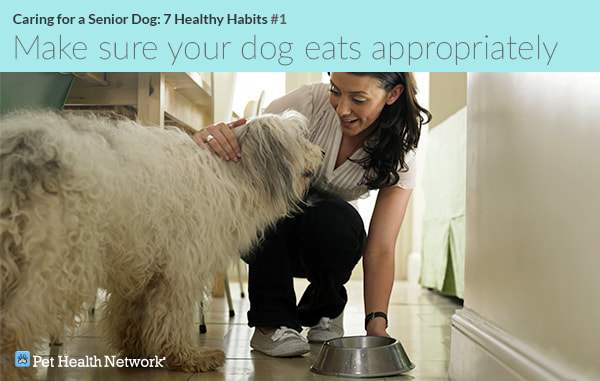

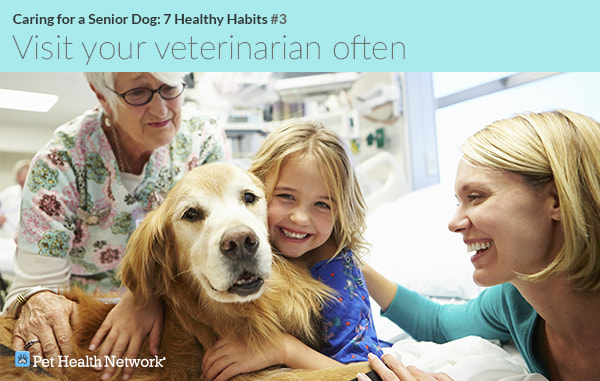
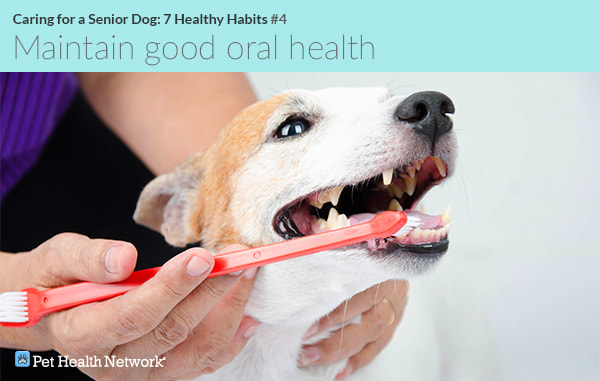
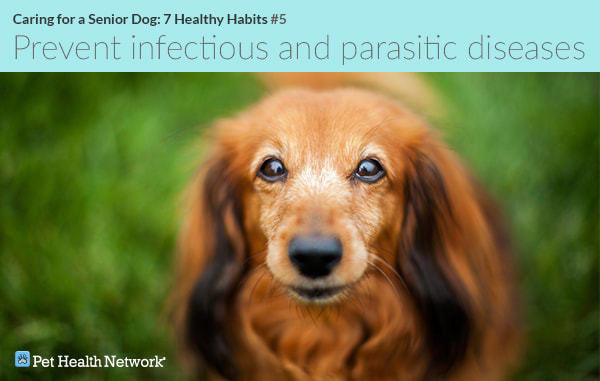
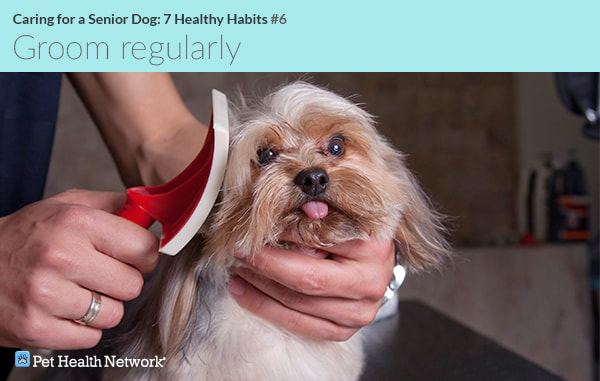
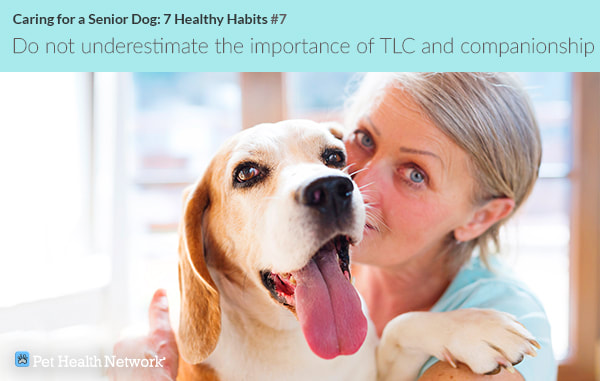

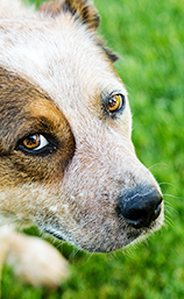

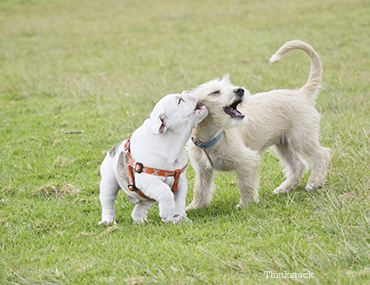
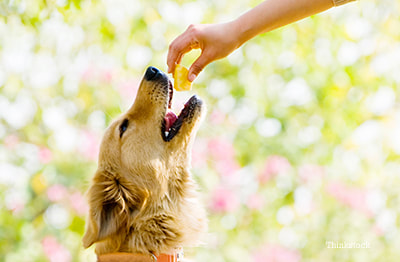




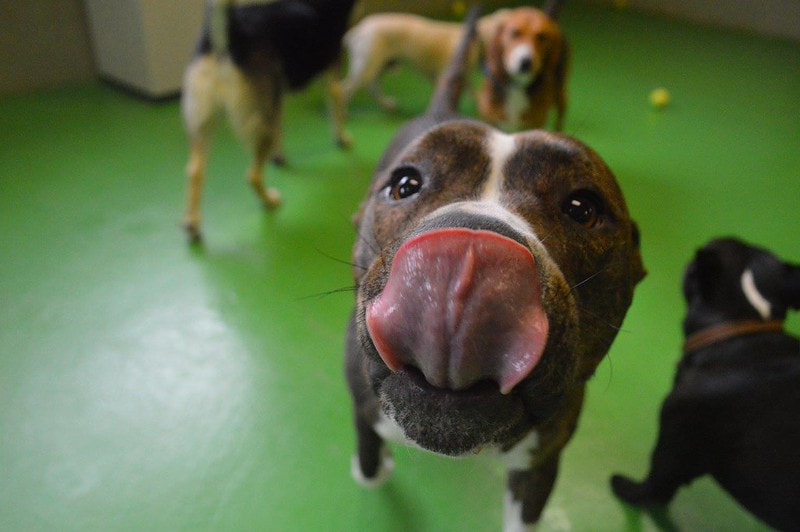
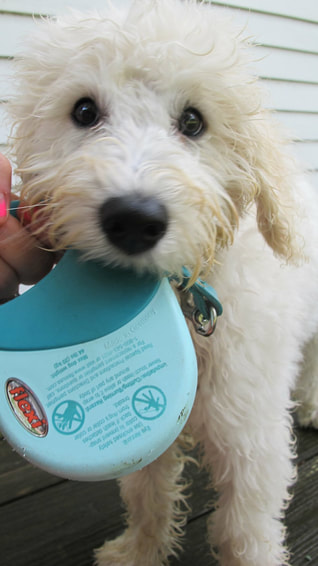
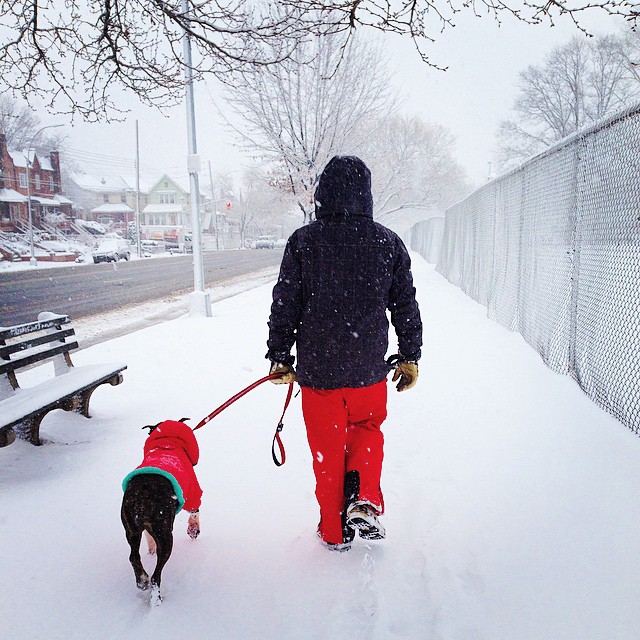
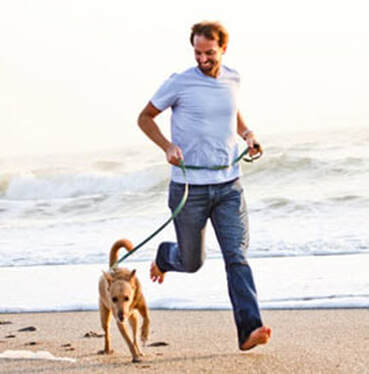
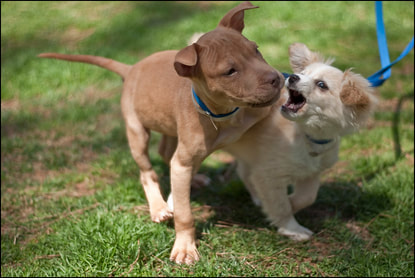

 RSS Feed
RSS Feed
